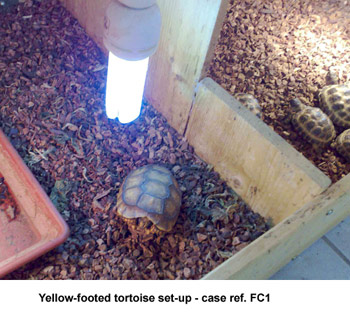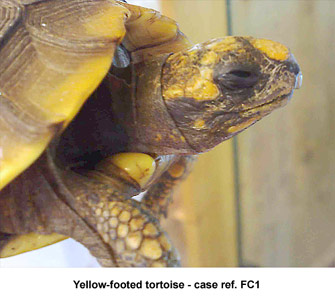UV GUIDE
UK
Advances in Reptile Lighting
A resource for all reptile keepers
 |
 |
 |
 |
 |
 |
 |
 |
 |
 |
 |
 |
 |
 |
 |
 |
 |
 |
Special
Report :
A
problem with some of the new high UVB output
fluorescent compact lamps and tubes
The
Report: Introduction
- Case histories
- Lamp
test results
Discussion
- Summary, Recommendations
and Company Responses- References
|
|||||||||
© 2007 UVGuide.co.uk


